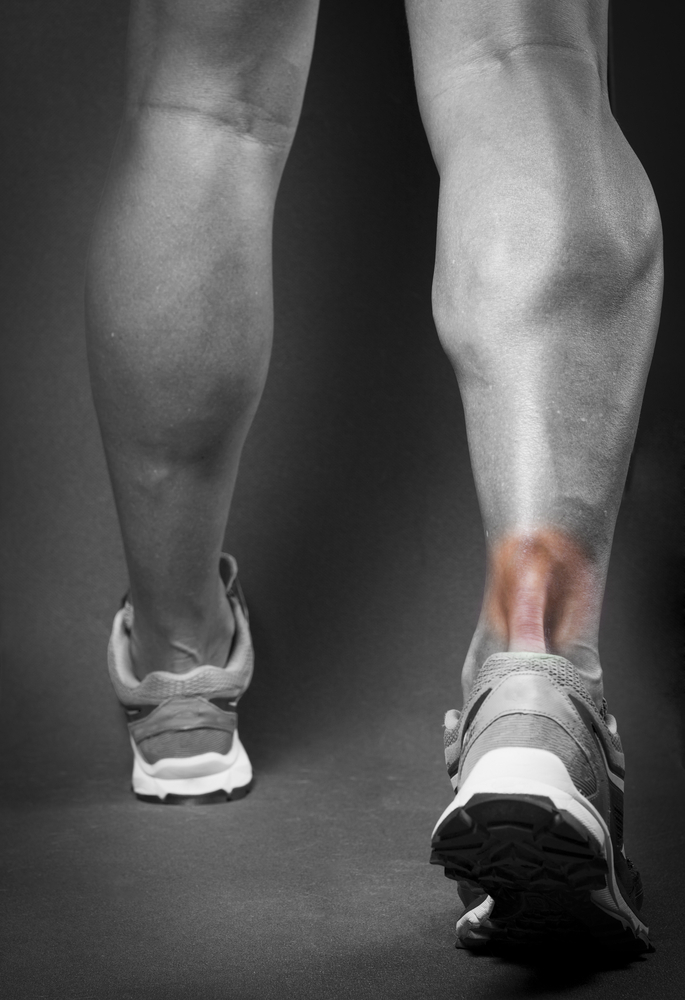December 13, 2021
What is tendinopathy?
First, a tendon is a structure that is found in the body that helps connect muscle to bone. An example of a tendon would be the quadriceps tendon that connects the quadriceps muscles to the tibia. Another example of this would be your Achilles tendon that connects the calf musculature to the the heel of your foot (calcaneus). When tendons become irrataible we use a term called tendinopathy. Tendinopathy is an umbrella term that describes three different kinds of impairments that can be found in tendons:
When tendons become irrataible we use a term called tendinopathy. Tendinopathy is an umbrella term that describes three different kinds of impairments that can be found in tendons:
Tendinitis: An inflammation of the tendon.
Tenosynovitis: Inflammation of the sheath that surrounds the tendon.
Tendinosis: A more chronic (greater than three months) pathology located in the middle of the tendon.
Tendinopathies are thought to be caused by tensile overload (too much force too soon that the tendon cannot tolerate) or internal or external compression of the tendon. The mixture of tensile overload and compression of the tendon may lead to shearing and friction, resulting in tendinopathy. Symptoms may include but are not limited to:
-Pain, stiffness, tenderness, warmth, or swelling over the injured site.
-Pain that may lessen over the night that gets worse in the morning.
-Crepitus, or a crunchy feeling in the area in question.
-Muscle weakness.
-Restriction of motion and joint mobility.
How is tendinopathy treated?
The great thing about tendinopathy is that there are multiple interventions that tendinopathies respond to. One method of treatment is termed heavy, slow isotonic exercise (sloptimal loading). What this intervention consists of is performing all phases of a muscle contraction (concentric and eccentric) at a very slow pace (2-3 seconds per contraction, totaling 4-6 seconds), with as much external resistance that can be tolerated. Particularly, tendons have a positive response to the eccentric (lengthening) phase of contraction. This type of training allows us to keep a high amount of volume, with a low amount of repetitions.
A newer method that is currently gaining traction in clinics is the use of isometric contraction (static, stationary muscle contraction, or contracting without moving). This intervention would similarly require the patient to be heavily loaded while performing an isometric contraction. A general framework for this treatment would be using a weight at approximately 70% of your one repetition maximum for that exercise, holding the contraction for 30-45 seconds, rest two minutes in between sets, completing a total of three to five sets. The advantage of using this method is that isometric exercise is analgesic in nature, meaning it aids in decreasing pain.
If you are currently experiencing any of these symptoms or have issues being able to do the things you enjoy and want to get back at it, reach out to us at Portland Physical Therapy (207-828-4455) to schedule a consultation.
Citations
Scott A, Backman LJ, Speed C. Tendinopathy: Update on Pathophysiology. J Orthop Sports Phys Ther. 2015;45(11):833-841. doi:10.2519/jospt.2015.5884
Rio E, Kidgell D, Purdam C, et al. Br J Sports Med 2015;49:1277–1283.
Author: Brandon Drinan, PT, DPT, CSCS.